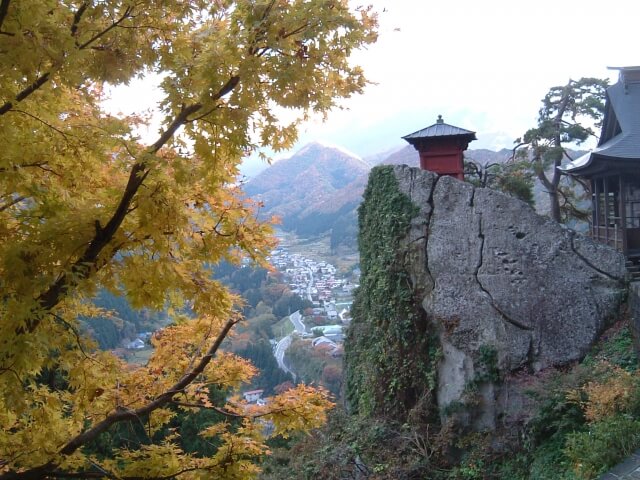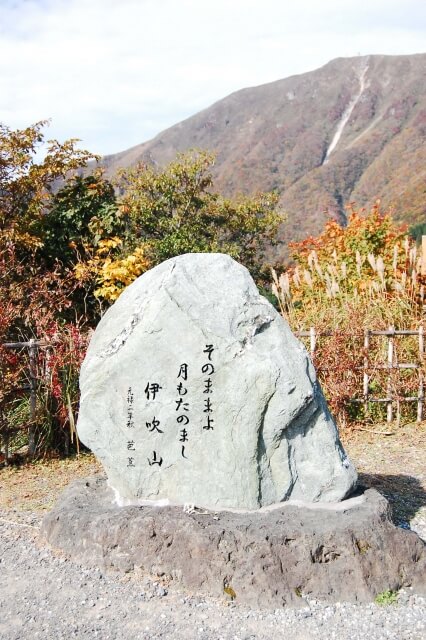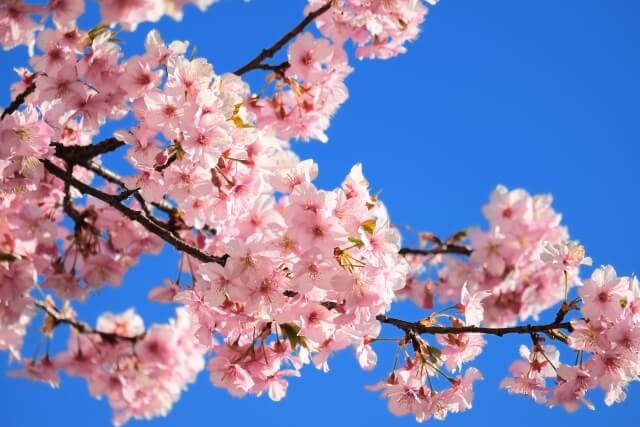-
- USA/Canada 1-800-285-2726
- Australia (02) 8006 4411

Haiku was derived from Renga, which was created cooperatively with 17 (5, 7, and 5) syllables and 14 (7 and 7) syllables. It was especially popular in 15th century, Renga members add verses and continue that until they complete one Renga, usually composed of 100 verses. Renga was kind of academic poem, and members demanded to add their verses quoting the classics. The first part of Renga, 17 syllables, are called “hokku”, Haiku has developed independently from this hokku part as another style of poem in 16th century.

As the first great poet of Haiku, Matsuo Basho (1644-1694) is well known. He was influenced by Soshi, Chinese philosopher who denied the artificiality and the utilitanism, seeing value of intellect low, he asserted that things seemingly useless had the real value, and that it was the right way of life. He emphasized that not going against the natural law. Basho’s Haiku works are dramatic and he presented humor of depression, ecstasy, and confusion. These expressions had a paradoxical characteristics. The more people read his haikus, the more people feel human’s smallness, emptiness, and greatness of nature. After Basho wrote great haikus, some poets started creating haikus from the other perspectives like Yosa Buson(1716-1783), painter and poet, he succeeded in representing clear images in his picturesque haikus. Others criticizing Basho's style and suggested new style of haiku like Masaoka Shiki (1867-1902). He criticized Basho's haiku for lack of poetic purity and for having explanatory elements, and he thought Buson's haikus had clear images to readers. Haiku is still popular art for Japanese people like they learn how to make it in class and some people participants in Haiku contests.

To make Haiku, you should follow some rules in only 17 syllables. Originally derived from Renga, Haiku should be a suggestive poem to image later part (7 and 7 syllables) of Renga. The subject and purpose of Haiku is describing nature as it is. In hokku of Renga, kigo (season word: word referring to a season) is required, therefore, it also demanded in Haiku. With kigo, people image what you want to explain and describe, it’s generally base of sympathy and feeling. To add subject and object in one Haiku, theme will be expanded and it makes your reader to understand your feeling more easily.
Interested in hearing and making haiku? Find inspiration and learn the secrets from your tour guide during Japan Deluxe Tour's fully-guided line of Cherry Blossom Japan Tours and Southern Japan vacation packages available spring or year-round!
Japanese Calligraphy is the Way of Writing.
Respect and politeness in Japanese Language
Japanese Paper from the Barks of Kozo, Mitsumata, and Gampi.
The art of folding a piece of paper and creating different shapes.
Ukiyo-e is a type of woodblock print and paintings of the Floating World.
Tracing it's origins to the Chinese Zheng, the Koto is a traditional Japanese stringed instrument.
Traditional Japanese Form of Theater
Samurai Kembu is the traditional performance art using a Katana and Sensu